A hockey fight strap serves as a crucial piece of equipment, designed to securely anchor a player’s jersey to their pants. This feature is not merely a technical detail but a vital component for ensuring player safety and compliance with league regulations.
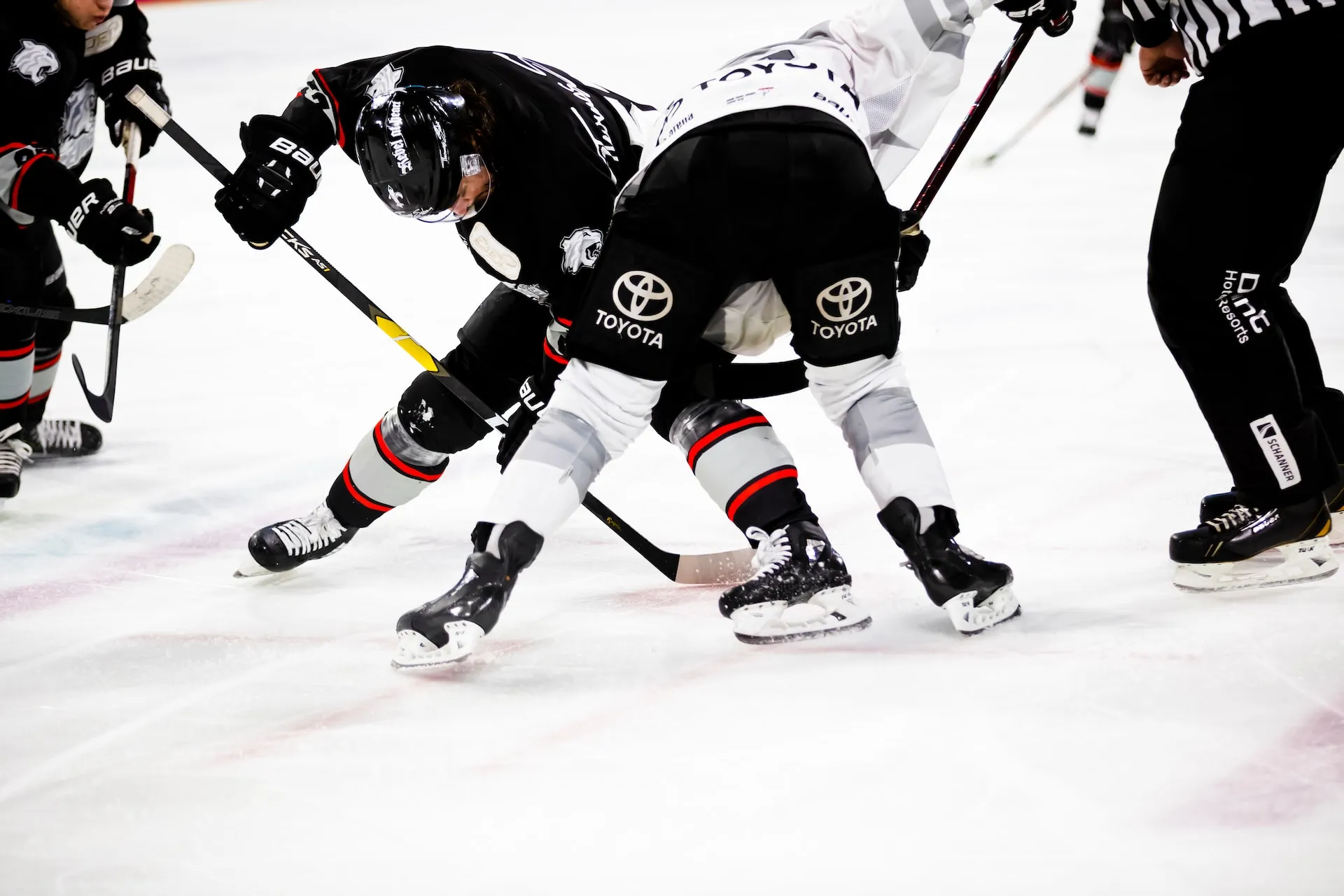
Grasping the importance of the hockey fight strap is essential for both players and fans alike. Whether your interest lies in the game’s mechanics, safeguarding player well-being, or adhering to league protocols, the fight strap’s role is far more significant than it may initially appear.
You see, before the invention of fight straps, hockey fights were a whole different beast. Jerseys could easily be pulled over players’ heads, essentially blinding them and making fights more dangerous. Imagine the vulnerability you’d feel being in the middle of an aggressive confrontation without the protective gear that a jersey offers.
That’s where Rob Ray, an iconic enforcer in ice hockey, comes into the picture. The “Rob Ray Rule” altered the landscape of NHL fights, mandating the use of fight straps to keep jerseys in place during altercations. The impact was immediate, setting a new standard in both safety and sportsmanship.
The fight strap made its official debut in the NHL rulebook in the early ‘90s, forever changing the dynamics of hockey fights and introducing a critical piece of hockey equipment that you may not even see but could change the outcome of a game.
A hockey fight strap is a piece of fabric attached to the back of a player’s jersey, securing it to their hockey pants. Its main function is to prevent the jersey from being pulled over the head during fights.
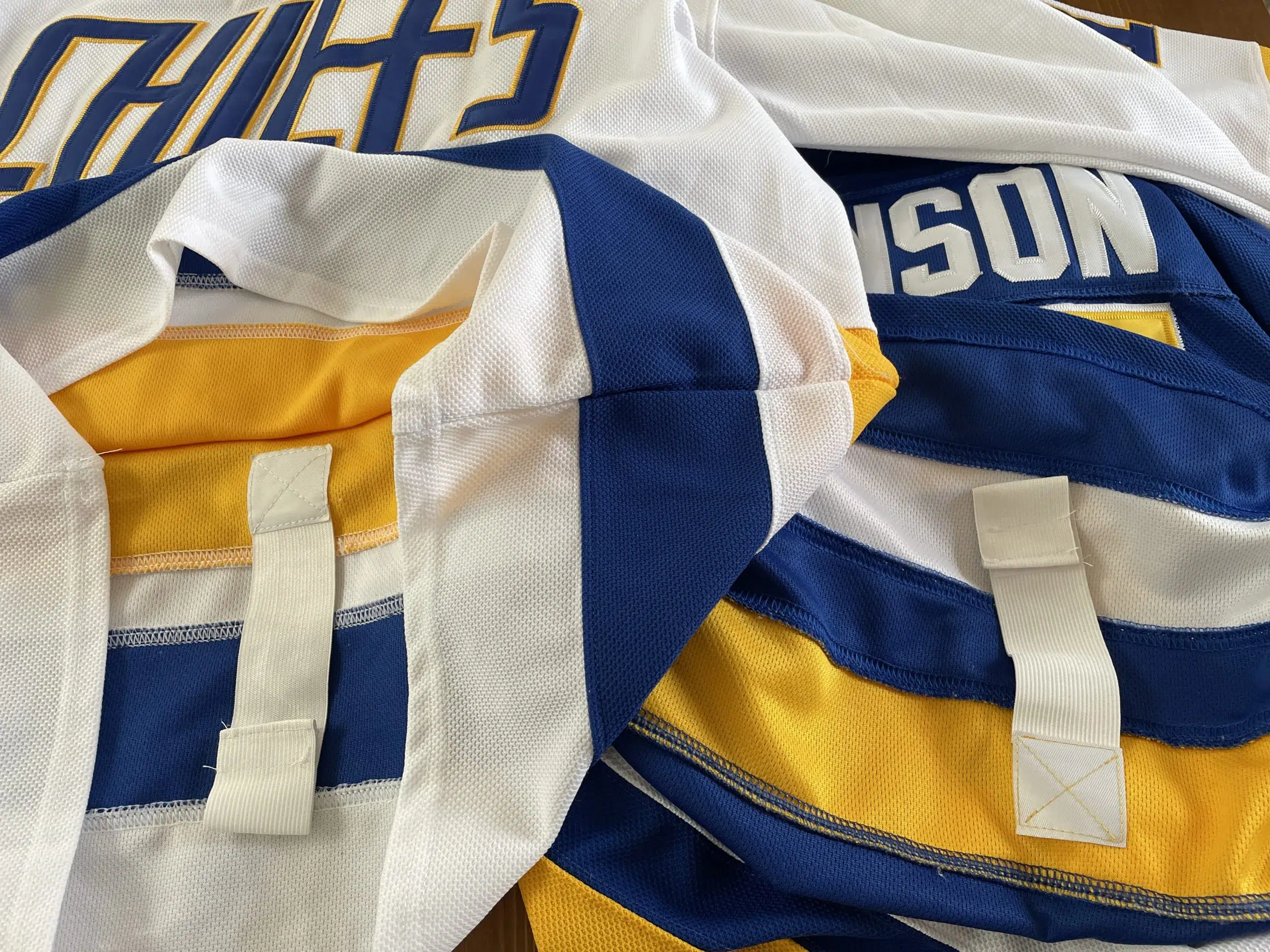
Here’s why it’s vital: imagine being penalized simply because your jersey got pulled off during a fight. You’d be violating a rule that could have easily been avoided, affecting not just you but your entire team. And let’s not forget the potential injuries you could sustain when unguarded.
Let’s get this straight; if you’re wearing an NHL jersey without a fight strap, you’re not in full compliance with the rules. Authentic NHL jerseys have a fight strap, which is a distinguishing feature that sets them apart from replicas. The strap ensures that a player’s jersey cannot be pulled over their head during a fight.
A fight strap is a loop of fabric sewn into the back of a hockey jersey, designed to keep the jersey securely attached to the player’s pants. The strap can be connected using either Velcro or metal snap attachments, providing added stability and preventing the jersey from being pulled over the player’s head during physical confrontations on the ice.
Although fight straps are generally durable and securely fastened, they can sometimes snap or come off due to intense struggle or force applied during the game. When this happens, it can result in penalties, but such occurrences are relatively rare, given the strap’s robust design.
Choosing the right hockey jersey fight strap is more than just picking one off the shelf. The material, length, and attachment method can all make a substantial difference in your experience on the ice. Let’s delve into the nuances of each aspect to help you make an informed decision.
- Nylon
Nylon straps are the industry standard for good reason: they’re lightweight, durable, and can withstand significant wear and tear. As a synthetic material, nylon doesn’t absorb moisture, making it a great choice for those high-intensity games.
- Polyester
Polyester provides a similar set of advantages as nylon but with a softer touch. Its moisture-wicking properties make it an ideal option for those who might find nylon too abrasive.
- Cotton
While less common, cotton straps offer unparalleled comfort due to their natural fibers. However, they can absorb moisture and may not be as durable as their synthetic counterparts.
- Short (8-10 inches)
Short straps are favored by players who want a snug fit with very little slack. They offer less room for movement but can be crucial when you’re involved in a scuffle, making it more difficult for the opponent to pull off your jersey.
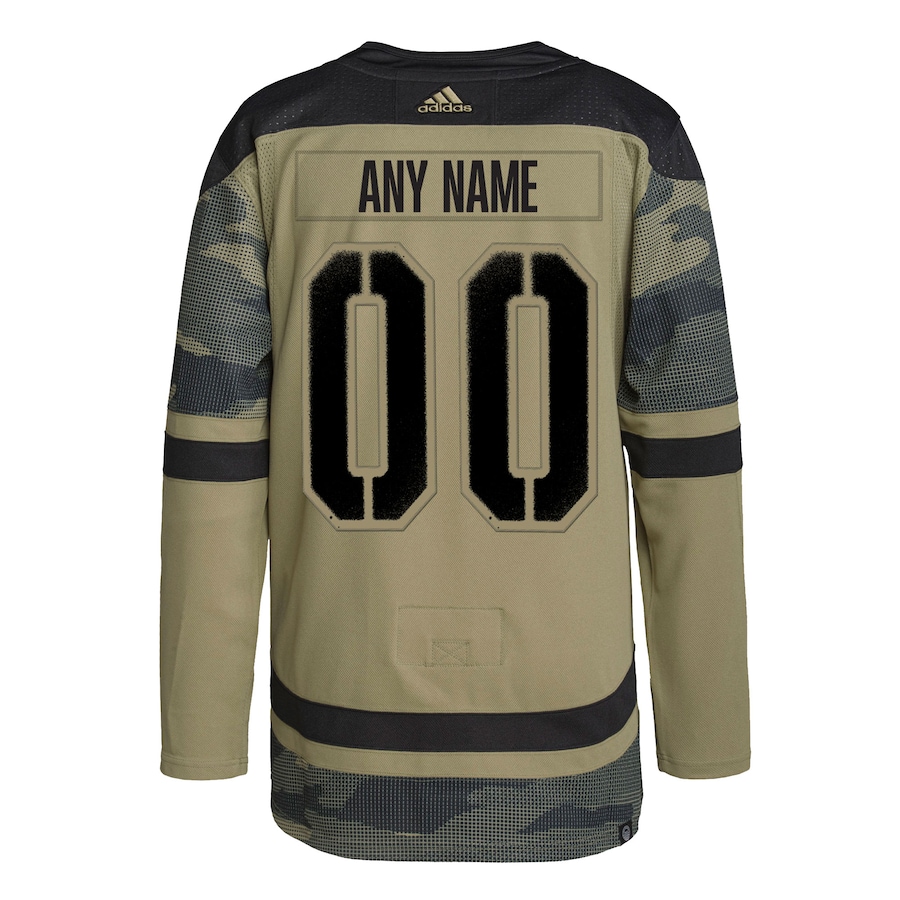
- Standard (11-14 inches)
This is the universally accepted range, meeting the requirements for most players. It provides the right balance between freedom of movement and secure attachment.
- Long (15-18 inches)
These are ideal for taller players or those who prefer extra room for adjustment. However, the extra length may make it easier for an opponent to undo the strap.
- Button Snap
Button snaps are a classic choice, providing a strong hold and durability. While they’re highly effective, they may require more time to fasten or unfasten, especially in the heat of the moment.
- Velcro
If quick adjustments are a priority, Velcro straps are the way to go. They provide a secure fit, and unlike button snaps, they can be adjusted much more quickly.
- Clip
The clip method is perhaps the most secure of all. Clips provide a mechanical lock that ensures your jersey will stay in place during even the most vigorous confrontations.
Once you’ve chosen your preferred fight strap, attaching it properly is the next step. Though methods can slightly vary depending on the brand and type of strap, the general procedure remains fairly consistent:
- Locate Attachment Points: On the inside of your hockey jersey, you’ll find sewn-in loops or patches meant for attaching your fight strap.
- Choose Attachment Method: Depending on the type of fight strap you have (button snap, Velcro, or clip), align it with the corresponding attachment point.
- Secure the Strap: If it’s a button snap, snap it onto the loop. For Velcro types, align and press firmly. With clips, insert and lock into place.
- Adjust Length: Some straps come with adjustable lengths. Make sure the strap pulls the jersey snugly against your body but allows freedom of movement.
- Test: Before getting onto the ice, do a quick movement test to ensure the jersey remains secure.
Understanding the role of the fight strap can differ based on your position on the team. Here’s why:
As a forward, you’re often in the thick of the action and more likely to get into tussles. A reliable fight strap can ensure your jersey stays in place during these high-intensity moments, allowing you to focus on the game.
Defensemen may find themselves grappling with opponents near the net. In such situations, a robust fight strap provides that extra security to keep your jersey intact and maintain your defensive posture.
Goalies may not often be in fights, but when they are, it’s crucial. A goalie’s jersey is often bigger and more padded, making a durable and reliable fight strap essential for keeping everything in place.
Let’s break down the significance of fight straps depending on your role on the team.
Learn more about different player positions in hockey
Understanding the ‘Level of Play’ is crucial because the importance and usage of fight straps can differ significantly depending on whether you’re an amateur weekend warrior or a professional athlete. The stakes are higher in professional settings, and thus, the rules are stricter. Below, we’ve broken down how fight straps matter at different levels.
Amateur leagues might not strictly enforce fight strap regulations, but it’s an excellent habit to develop. Learning to use a fight strap early can save you a lot of hassle as you move up the ranks.
At this level, fight strap rules become more stringent. Proper use and maintenance can reflect well on your professionalism and understanding of the game.
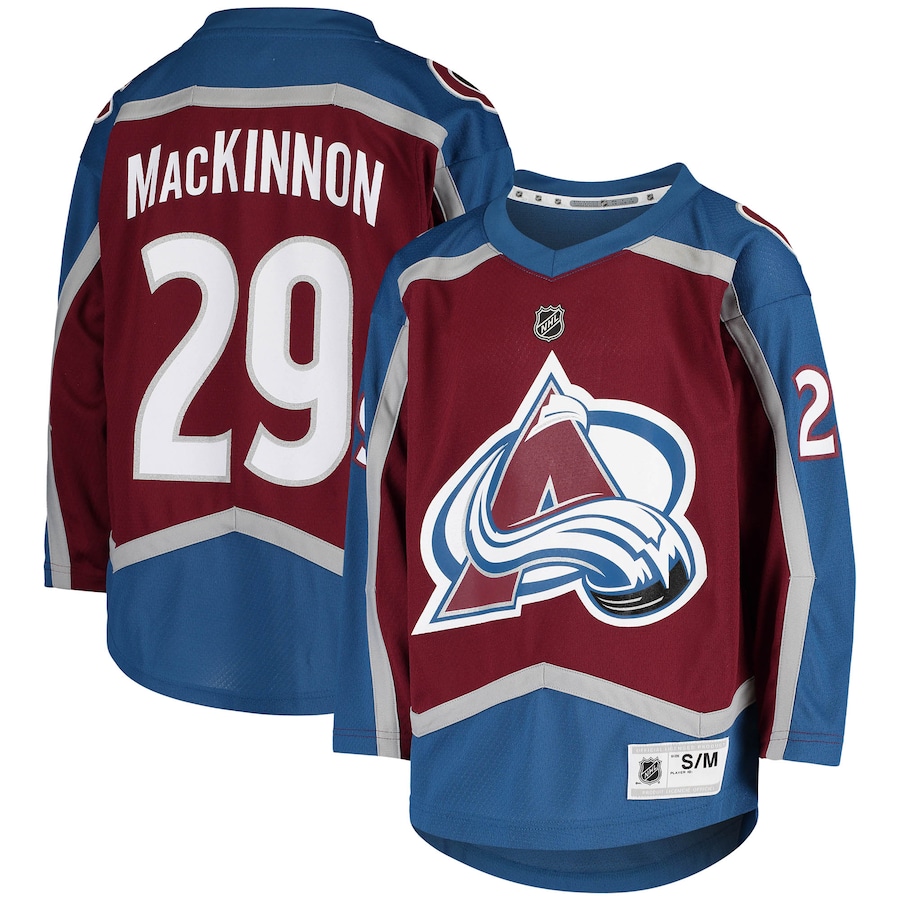
In professional leagues like the NHL, using a fight strap isn’t just a recommendation; it’s a requirement. Non-compliance could result in penalties that might cost your team the game.
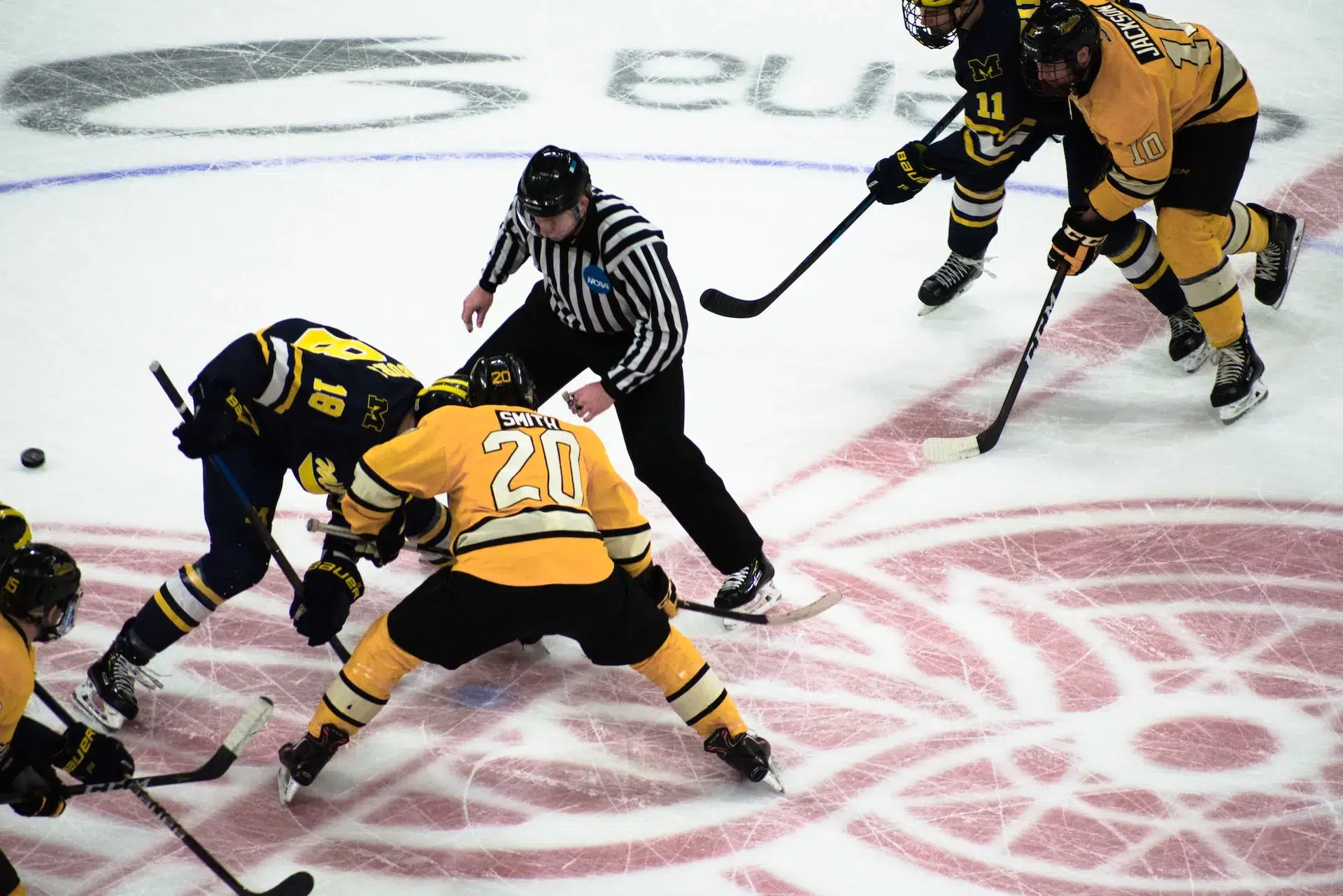
Choosing a trusted brand for your fight strap is equally important as understanding its functionality and rules. The leading hockey brands in the market have established their reputation through quality, innovation, and meeting the professional standards set by leagues like the NHL. Here’s a look at some of the go-to brands for fight straps:
Known for their durability, A&R fight straps are a choice you can’t go wrong with. They offer various lengths and materials, suitable for all levels of play.
Bauer provides high-quality straps designed for maximum comfort and longevity. Their straps often come with advanced features like reinforced stitching.
CCM has been a trustworthy name in the hockey world for years. Their fight straps are known for their perfect balance between comfort and durability.
If you’re looking for specialized features like multiple attachment points or adjustable lengths, Warrior has got you covered.
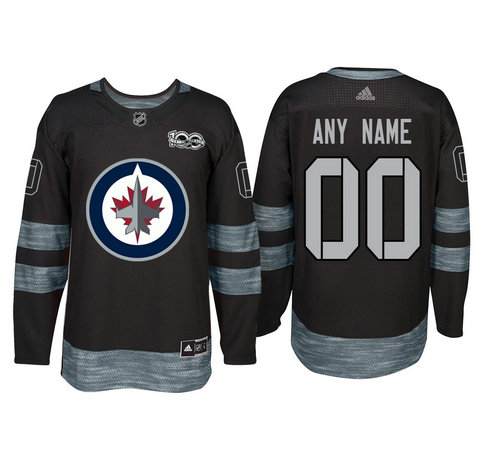
When choosing a fight strap, it’s not just about the basic features like material or length. The special features can offer added functionality and security, enhancing your overall playing experience. Whether it’s reinforced stitching for durability or adjustable lengths for a better fit, these features can make a significant difference. Here are some of the notable special features to consider:
For those who are particularly aggressive on the ice, straps with reinforced stitching can offer that extra layer of security.
Having multiple points to attach your strap offers a customized fit, allowing you to adjust the tightness as needed.
Some modern fight straps come with an adjustable length feature, providing you the flexibility to find the perfect fit for your play style.
Learn more about hockey equipment features
Knowing the hockey rules around fight straps is essential. Both players and fans need to be aware of these regulations to fully understand the game. This section discusses the hockey penalties associated with not using a fight strap, as well as the Hockey Fight Code.
Forgetting or failing to attach your fight strap in some leagues, particularly in the NHL, can result in a game misconduct penalty, essentially ejecting you from the game.
The unwritten ‘Fight Code’ in hockey dictates certain etiquettes like not striking an opponent who’s already down. Violating this can make you unpopular among other players and could lead to additional sanctions.
In amateur hockey, a fight strap is not mandatory, but in the NHL, failure to wear one results in a game misconduct penalty. In the NHL, fight straps are mandated, and referees will often perform checks. The specific rules are outlined in the NHL’s official rule book under Rule 9.5, and non-compliance results in a game misconduct penalty.
custom nhl jersey reviews
nhl 24 custom jersey glitch
Navigating the rulebook can be complex; this table simplifies what you need to know about fight strap regulations.
The fight strap in a hockey jersey is not merely a utilitarian feature; it’s a cultural icon in the sporting world. Let’s explore its impact beyond the ice rink.
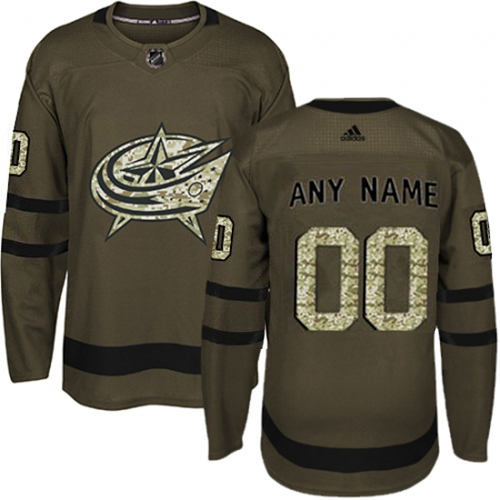
The fight strap is not just a piece of fabric; it’s a cultural emblem of the rugged, fast-paced nature of the game. Its role in maintaining fairness during hockey fights is integral to the sport’s ethos.
Fight straps have transcended their practical application and have influenced both sports equipment design and even mainstream fashion, where the concept has been adapted in various forms of athletic wear.
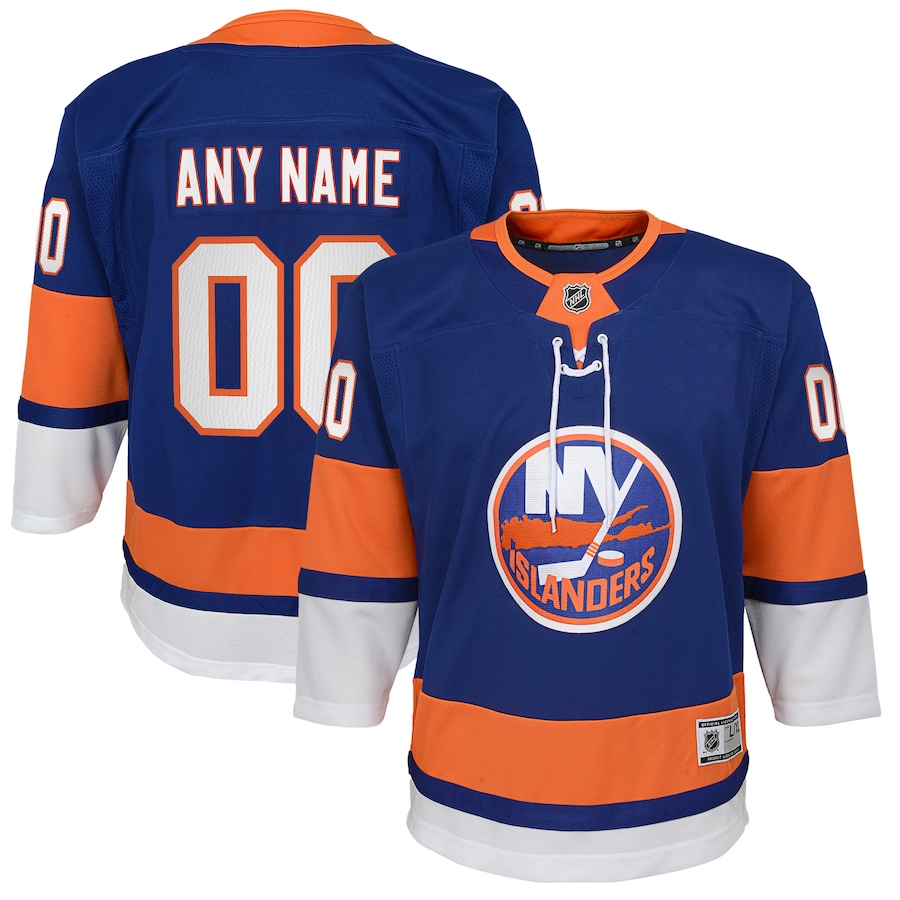
Penalties are assigned to maintain the sport’s integrity and safety. Excessive or inappropriate fighting can result in various penalties ranging from minor to major, including game misconducts.
Grabbing the shirt gives players more control during a hockey fight, allowing them to better land or dodge punches.
That would be the fight strap. It’s designed to keep the jersey attached to the player, preventing it from being pulled over the head during fights.
NHL jerseys feature fight straps to adhere to league rules that aim to minimize jersey-related advantages in fights. The straps keep the jersey in place, ensuring fair play and reducing the risk of injury.
nhl 22 custom jerseys
When choosing a fight strap, consider the material, length, and attachment methods. Each has its pros and cons, so it’s essential to pick one that fits your play style and position.
Requirements for fight straps in amateur hockey vary by league and jurisdiction. However, many amateur leagues do not mandate the use of fight straps.
- Material: Durability vs. comfort
- Length: Suited to your jersey size
- Attachment: Ease of use and security
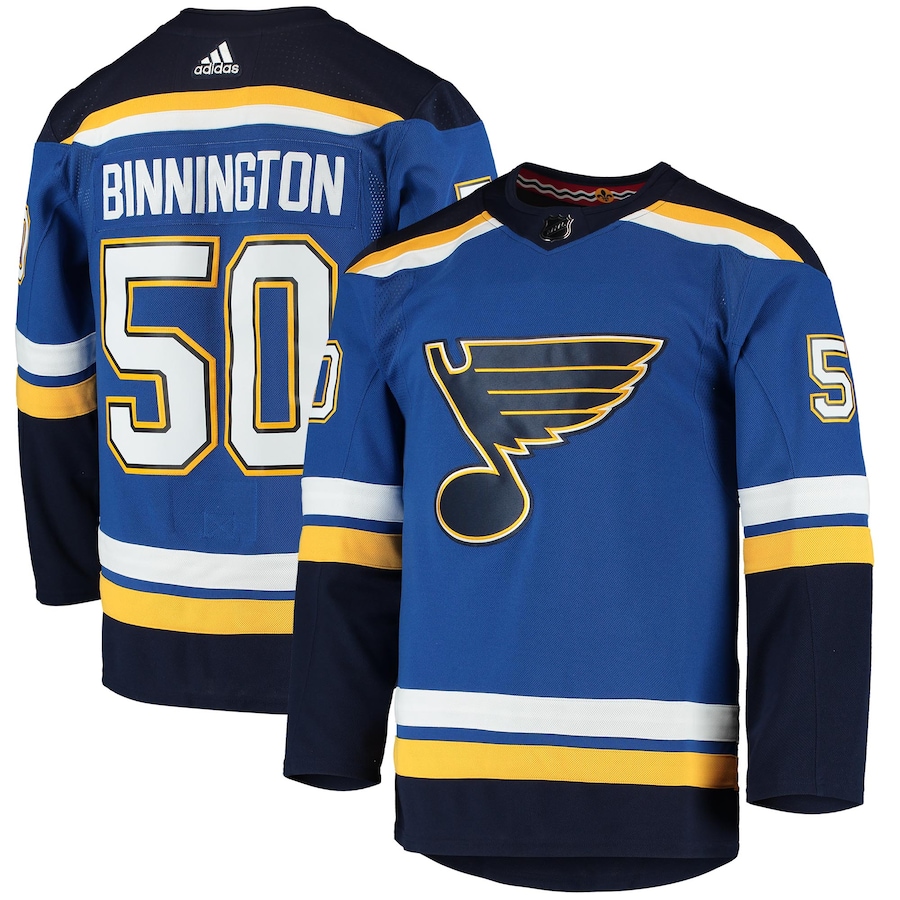
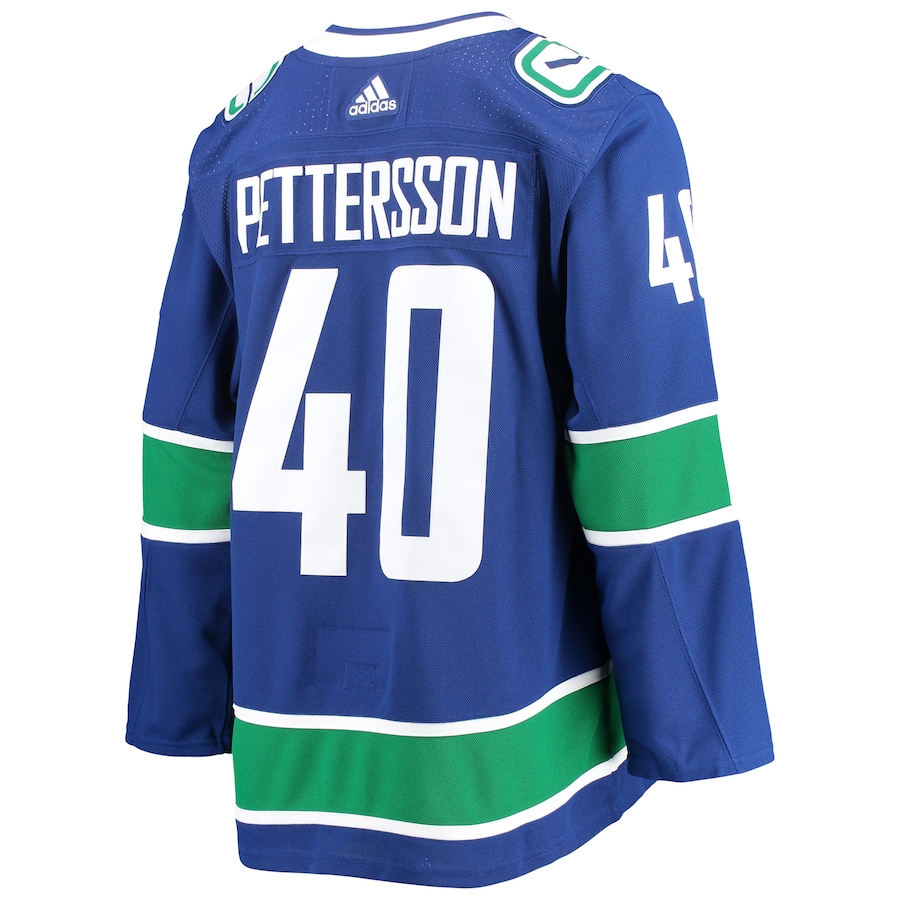
Guide to Buying Hockey Equipment
For your next game or viewing, take a moment to consider the humble fight strap—a small but vital element that captures the essence of ice hockey. Choose wisely and play hard!

nhl jersey singapore nhl 23 custom jerseys nhl custom jerseys
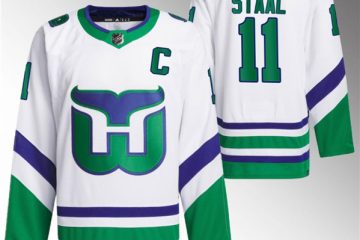


0 Comments